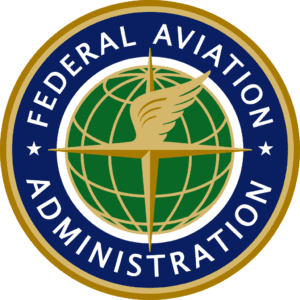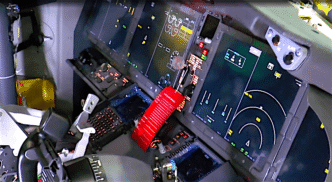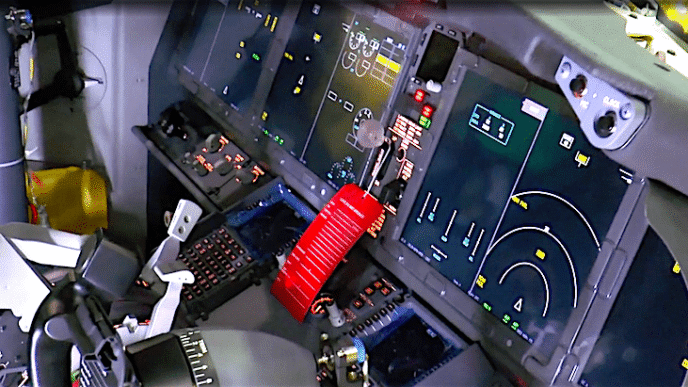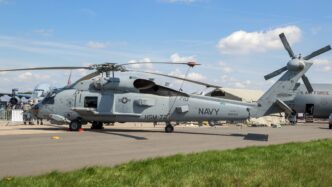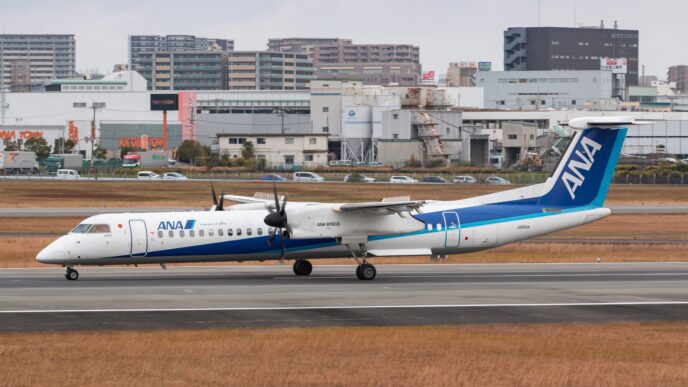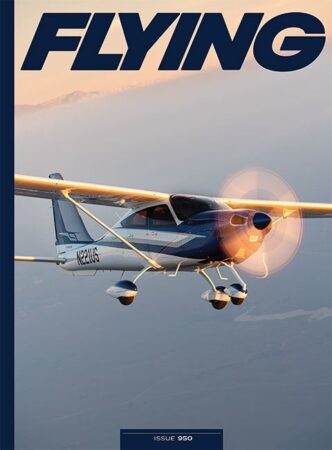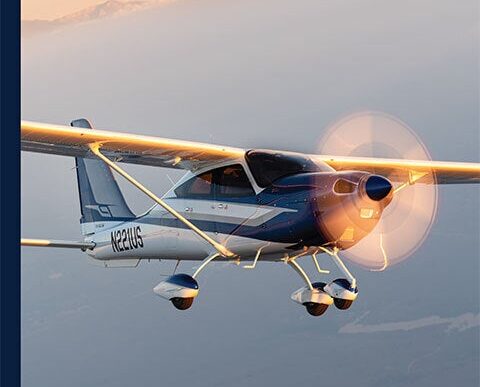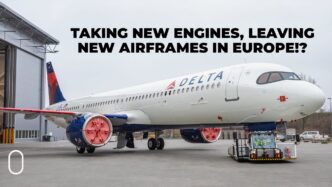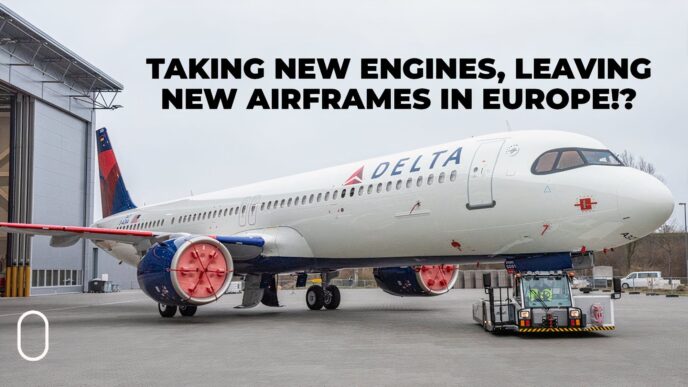As air travel continues to surge across the United States, the Federal Aviation Administration (FAA) is under mounting pressure to keep up with the times. With the second Trump administration in full swing, the newly appointed Secretary of Transportation, Sean Duffy, has made it clear that revamping the FAA is a top priority. The administration is pushing for a leaner, more efficient agency by cutting red tape and trimming down the workforce. While supporters believe this could streamline operations and bring in some private-sector savvy, critics are worried that it might compromise the FAA’s essential safety functions.
One of the bold moves on the table is a major overhaul of America’s Air Traffic Control (ATC) system. Secretary Duffy has announced plans to replace the outdated infrastructure with state-of-the-art technology, aiming to set a new global benchmark. Although Duffy hasn’t disclosed the exact cost, the U.S. House Transportation and Infrastructure Committee estimates the price tag could be at least $12.5 billion. Meanwhile, the Modern Skies Coalition, which includes aviation experts and pilot representatives, is pushing for an additional $18.5 billion in emergency funding over the next three years to ensure the ATC system gets the upgrade it desperately needs.
On another front, the FAA’s ongoing modernization effort, known as NextGen, has been struggling with delays and inconsistent rollouts since it started nearly 20 years ago. NextGen aims to transition from radar-based tracking to a satellite-enabled system, promising smoother operations and improved safety. However, progress has been sluggish, and many areas are still stuck with outdated tech. Adding to the challenge, the FAA is facing a shortage of certified air traffic controllers, many of whom are nearing retirement. Recent talks of potential changes to labor protections have sparked concerns among unions, who fear that uncertainty over pay and job security could make it even harder to attract new talent. If these issues aren’t addressed, the U.S. could risk losing its edge in global aviation, especially as other regions like the EU and China are investing heavily in AI-driven technologies to enhance their airspace.
#AviationNews #FAAReform #AirTrafficControl #NextGen #AviationSafety #Modernization #AirTravel
Originally reported by Avionics International Read More
